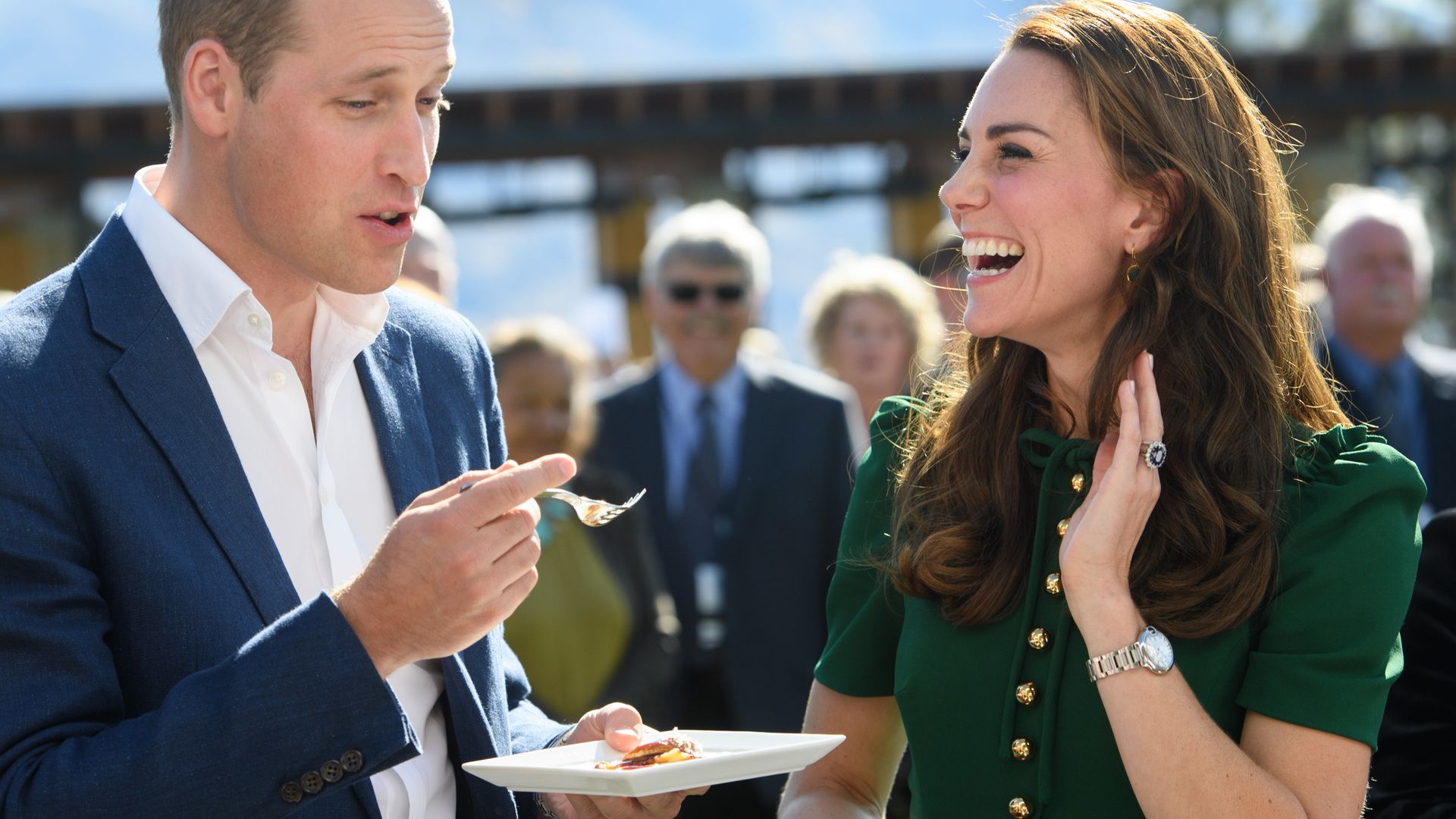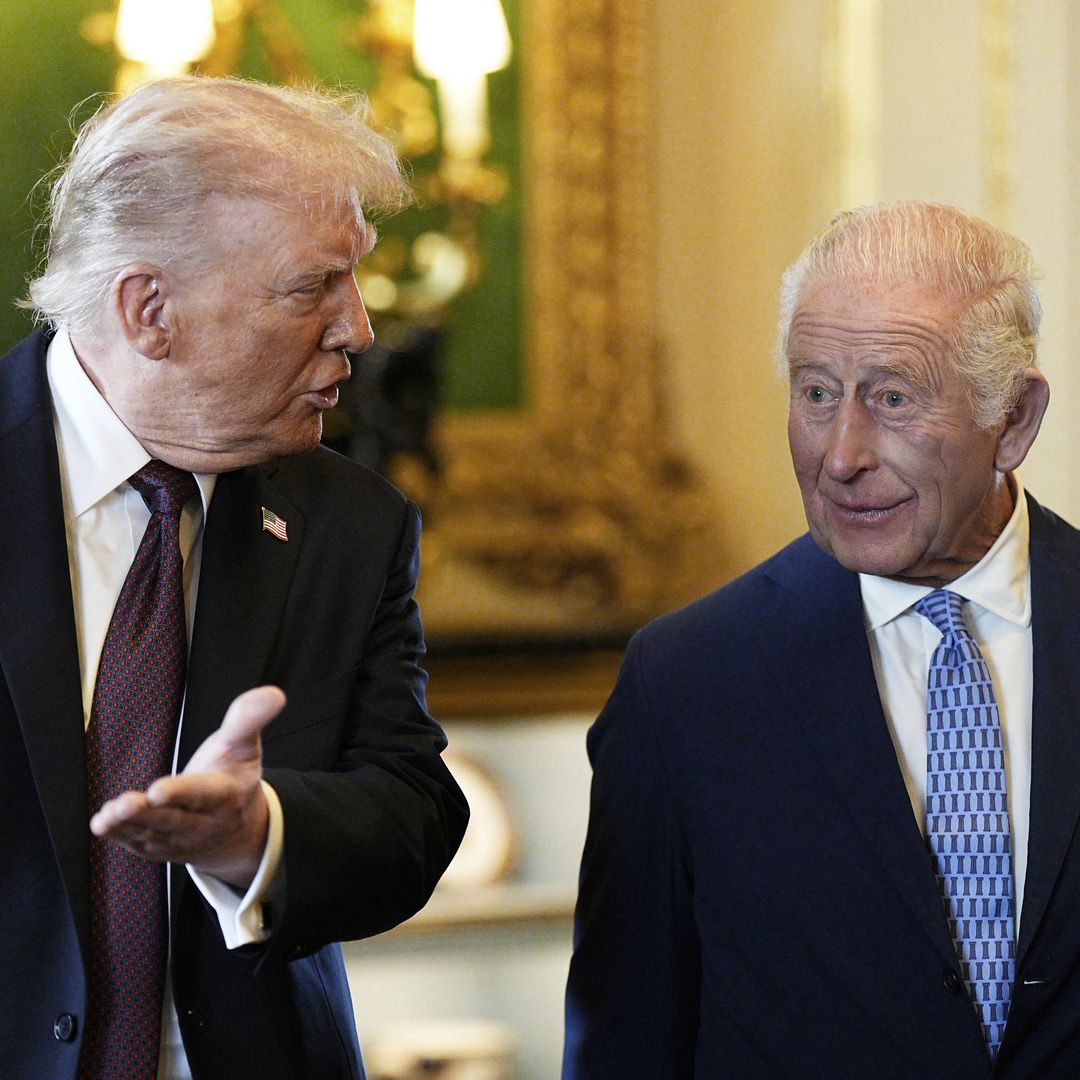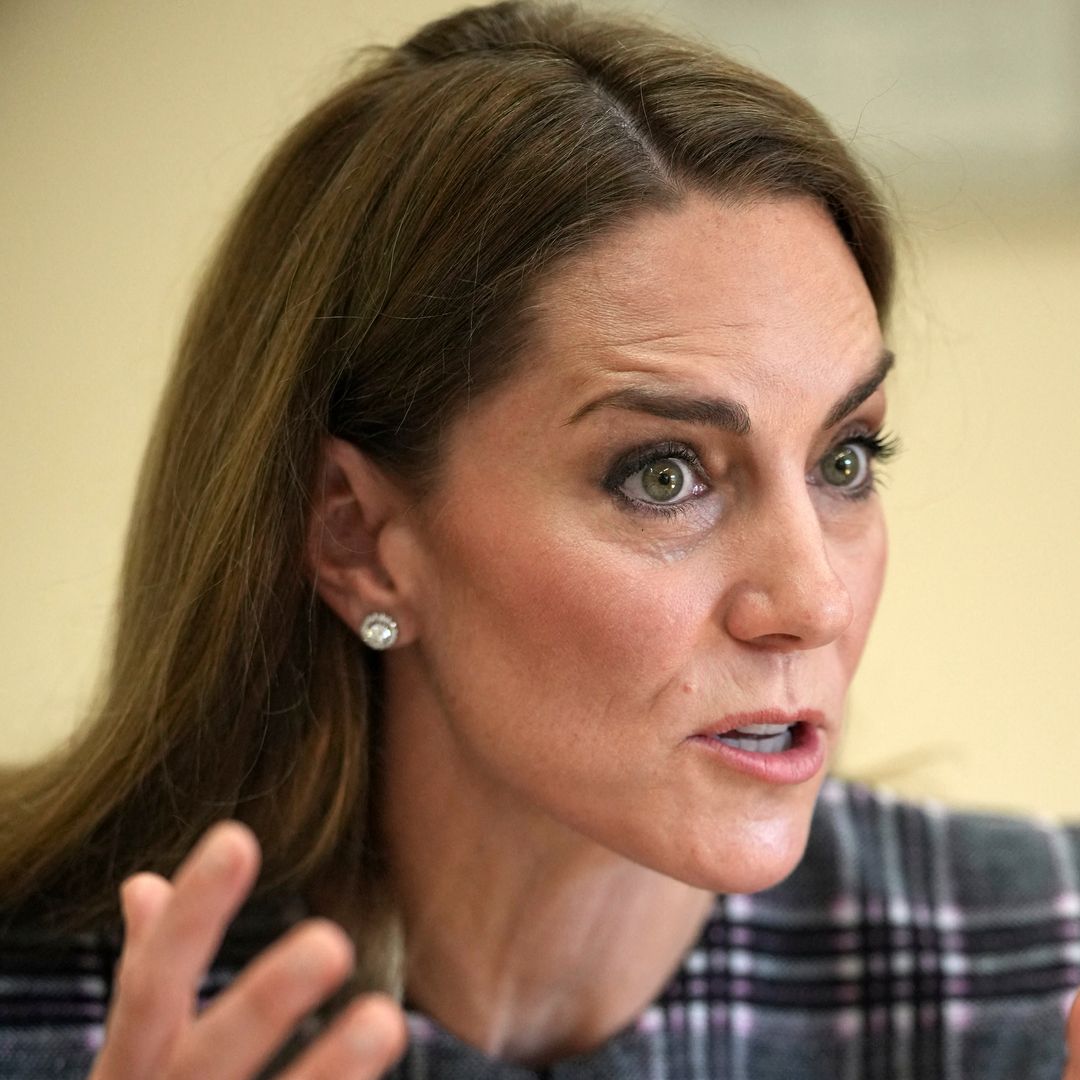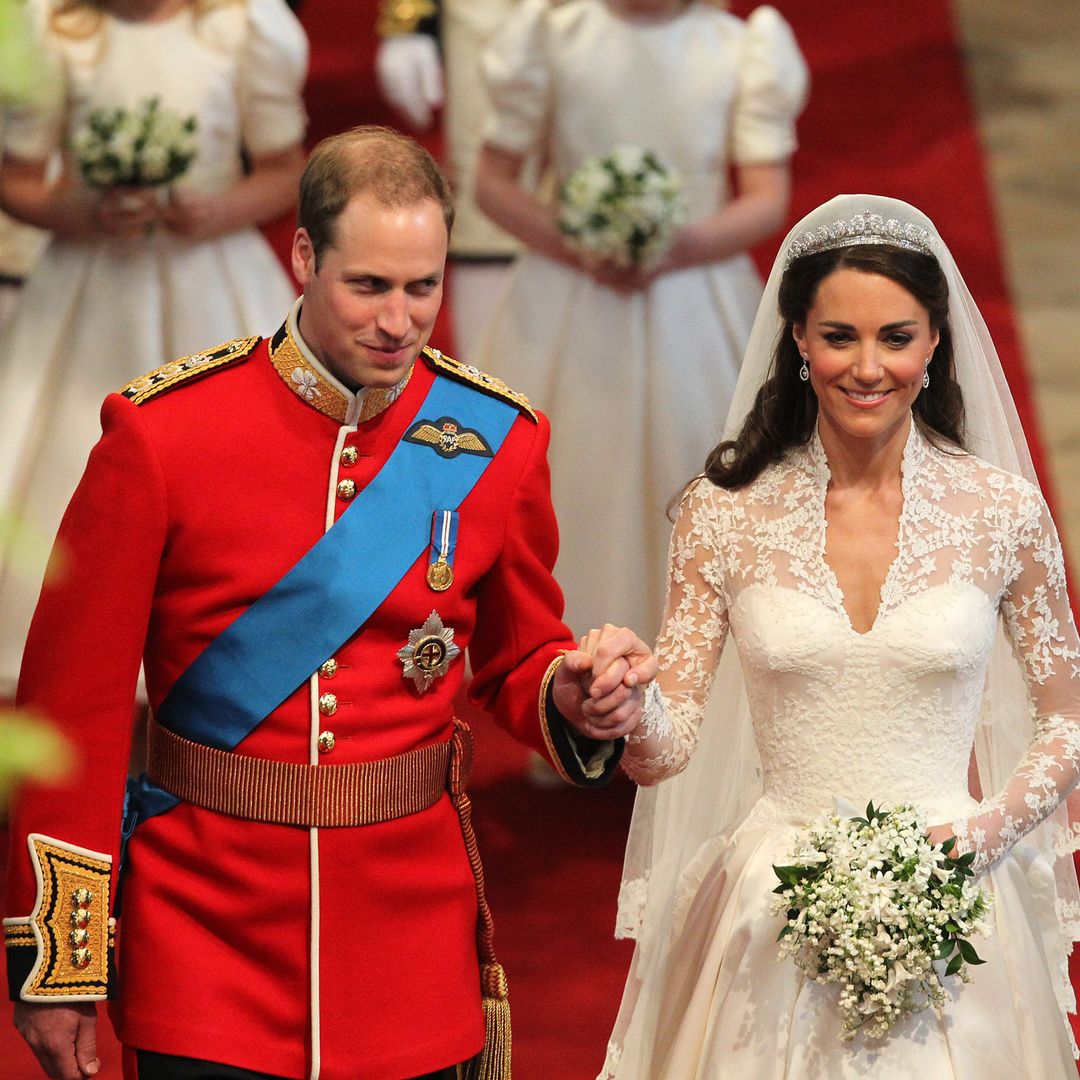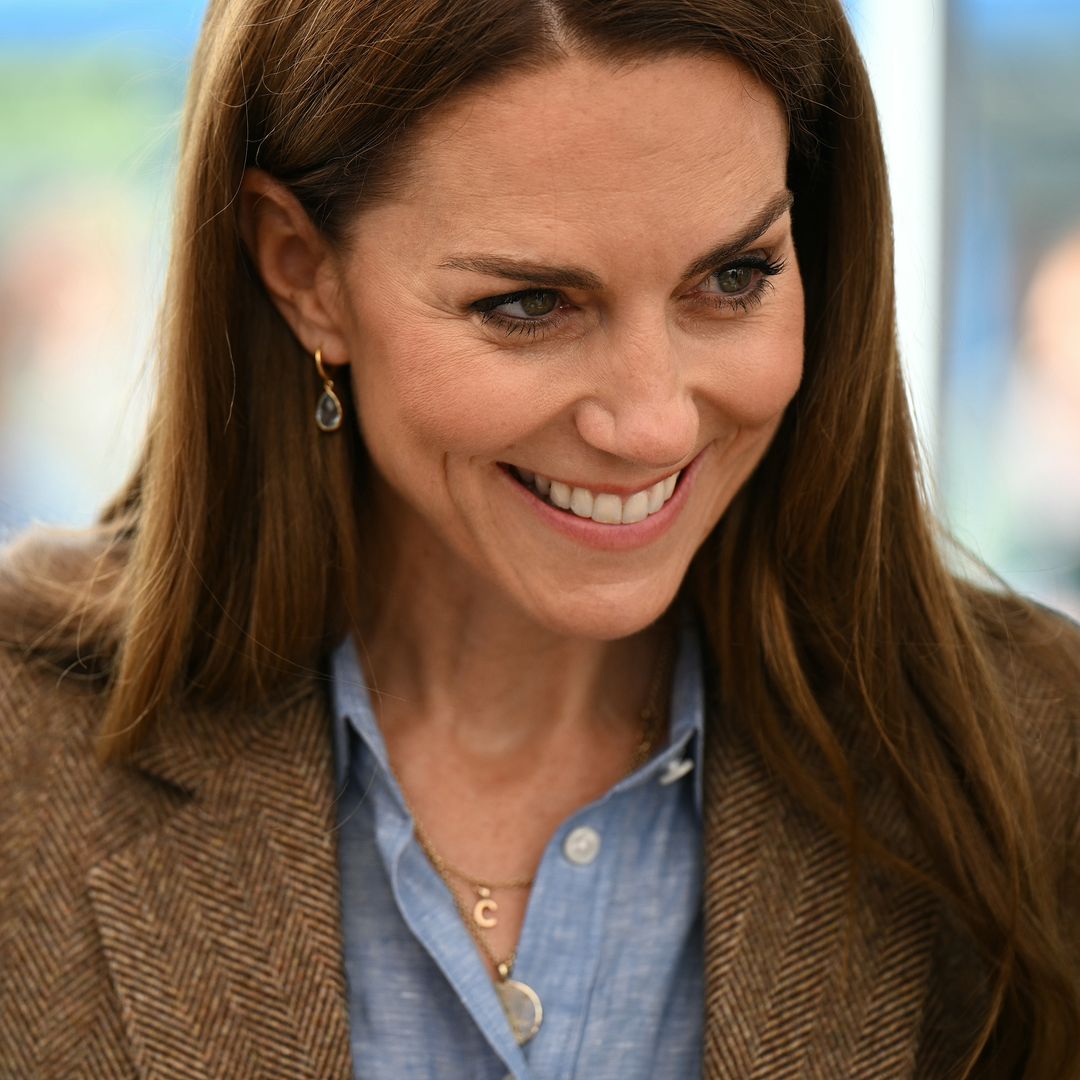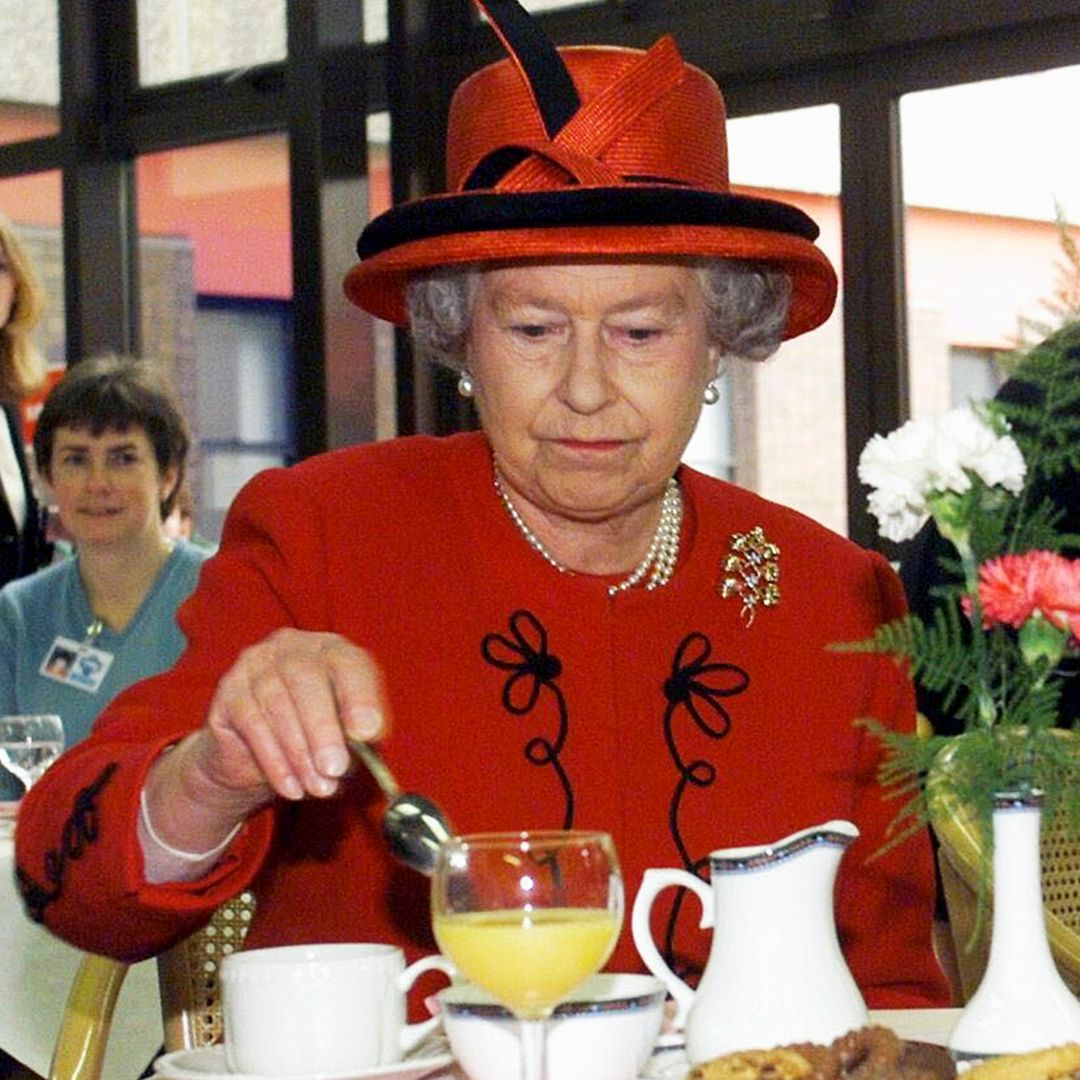With world-class palace chefs at their service and exotic dishes on offer during royal tours, you’d imagine nothing is off-limits for the royals when it comes to tasty meals. But there are a few foods the Royal Family tends to avoid – from fine delicacies to surprising household staples.
Whether it’s to avoid bad breath during a handshake line, dodge potential food poisoning, or simply stick to long-standing royal preferences, there are a few surprising items that the Royal Family always steer clear of.
Wondering what doesn’t make the royal plate? Read on…
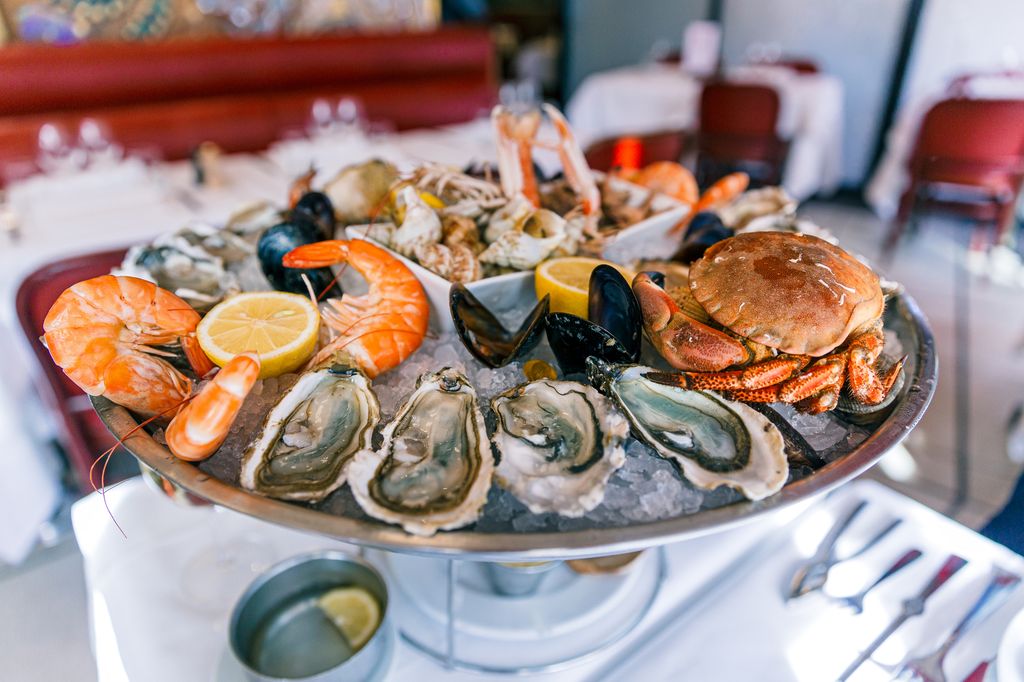 © Getty Images
© Getty ImagesShellfish carry a higher risk of food poisoning
Shellfish
Former royal butler and etiquette expert Grant Harold told the Daily Express: “When dining, the Royal Family has to be careful with shellfish due to shellfish poisoning. You will not normally find this on the royal menu.”
Shellfish, including prawns and crab, carry a higher risk of food poisoning, as they’re often eaten uncooked and can accumulate bacteria from their surrounding water. So to mitigate risk, you won’t find the royals tucking into some Whitstable oysters.
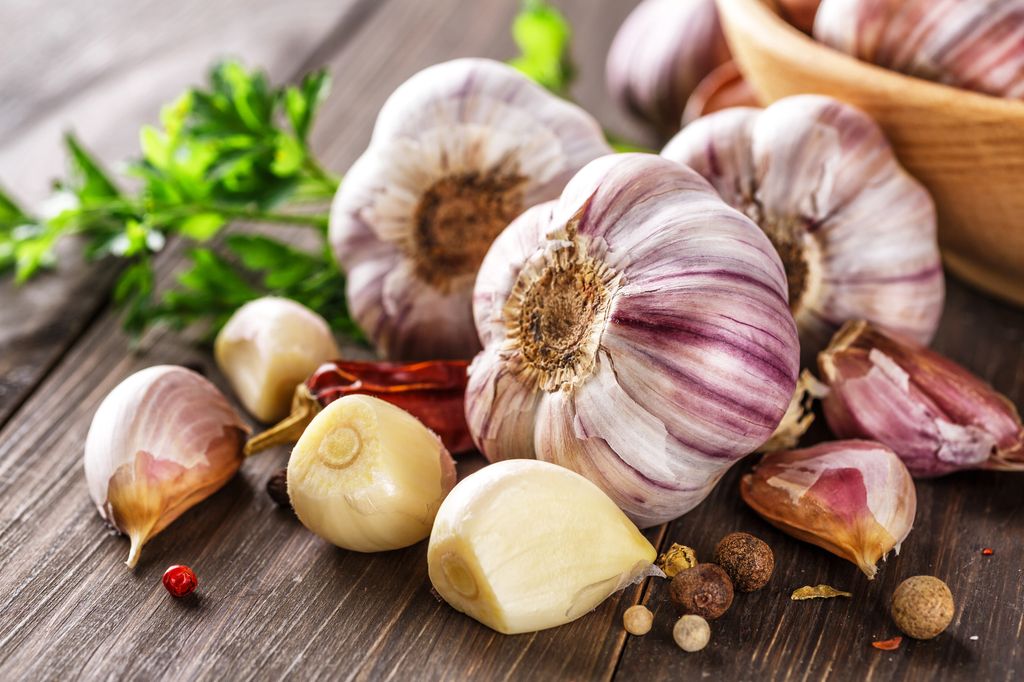 © Getty Images
© Getty ImagesDelicious in meals, infamous for bad breath
Garlic
Notorious for causing bad breath, garlic is firmly off the menu for the Royal Family – confirmed by Queen Camilla herself.
During an appearance on MasterChef Australia in 2018, she was asked about prohibited Royal foods, to which she responded: “I hate to say this, but garlic. Garlic is a no-no.”
Given the royals’ packed schedule of public engagements, it’s easy to see why they steer clear of this one!
You may also like
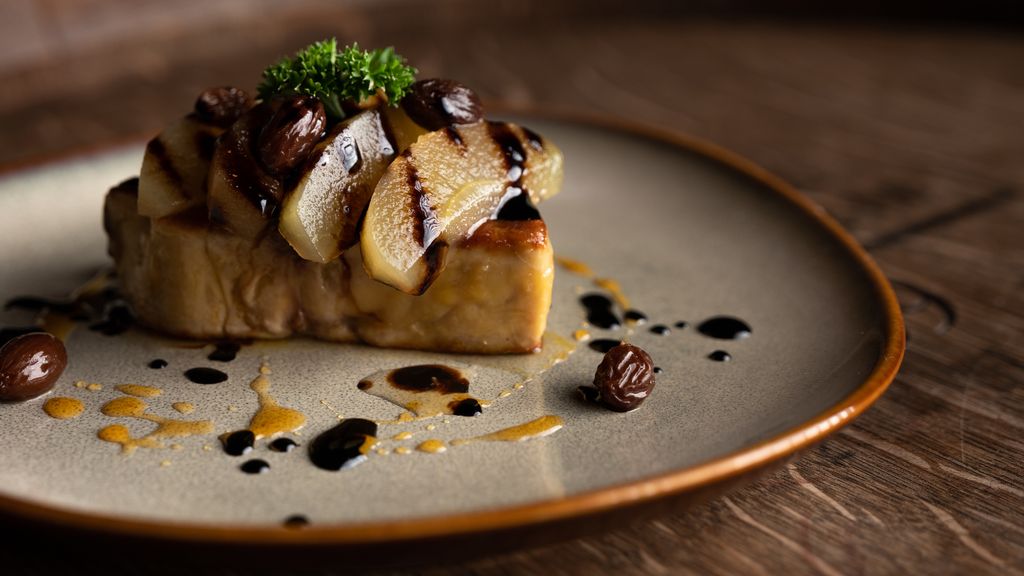 © Getty Images
© Getty ImagesFoie gras is forbidden at royal residences
Foie gras
While this French delicacy is often considered a hallmark of luxury dining, it has been firmly off the royal menu for years. King Charles has long forbidden the dish from being served at royal residences, including Buckingham Palace.
In an open letter to animal rights activists in 2008, he made his stance clear, stating: “I just wanted to reassure you that The Prince of Wales has a policy that his chefs should not buy foie gras.”
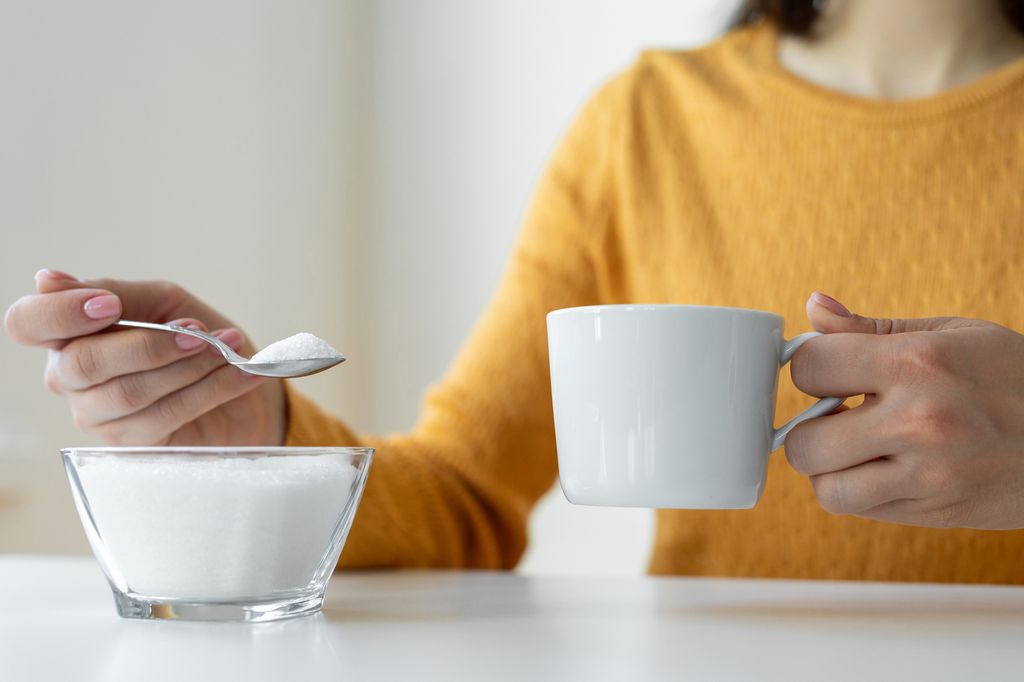 © Getty Images
© Getty ImagesKing Charles takes honey in his tea instead of sugar
Sugar (in tea)
While we’re all very particular about how we take our cuppa, there’s one teatime classic that’s notably absent in many of the royal households: sugar.
Grant Harrold, King Charles’ personal butler at Highgrove from 2004 to 2011, revealed that he had never seen anyone in the Royal Family choose to have sugar in their tea, despite being offered so.
Preferring to stay away from artificial sweeteners, King Charles is known for adding honey to his tea, which is fitting, seeing as he’s known for having many beehives at his Highgrove House home in Tetbury and has supported numerous community beekeeping programmes.
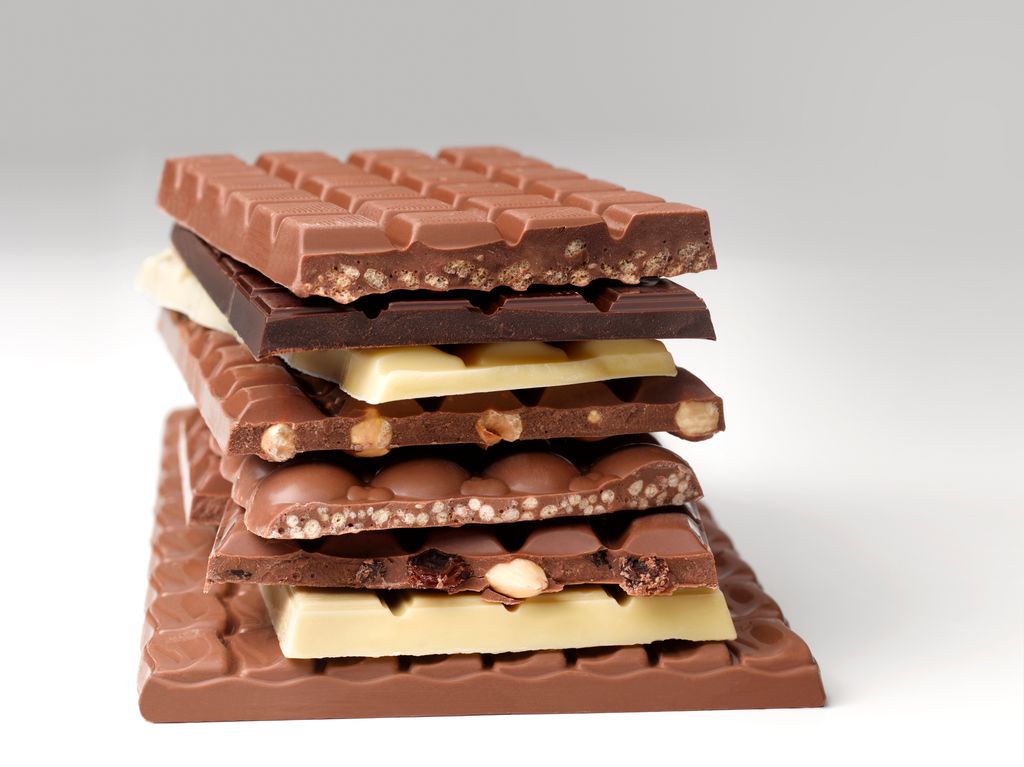 © Getty Images
© Getty ImagesWhile Queen Elizabeth loved chocolate, King Charles is not a fan
Chocolate
Keeping with the theme of avoiding processed sugars, King Charles is also reportedly not a fan of chocolate – unlike his late mother, Queen Elizabeth, who reportedly had a big sweet tooth.
“Charles goes more for the fruit options,” former royal chef Darren McGrady explained. “He would much rather have an orange, olive oil tea cake, or banana bread.” Sounds delicious – can we pop by for a slice?
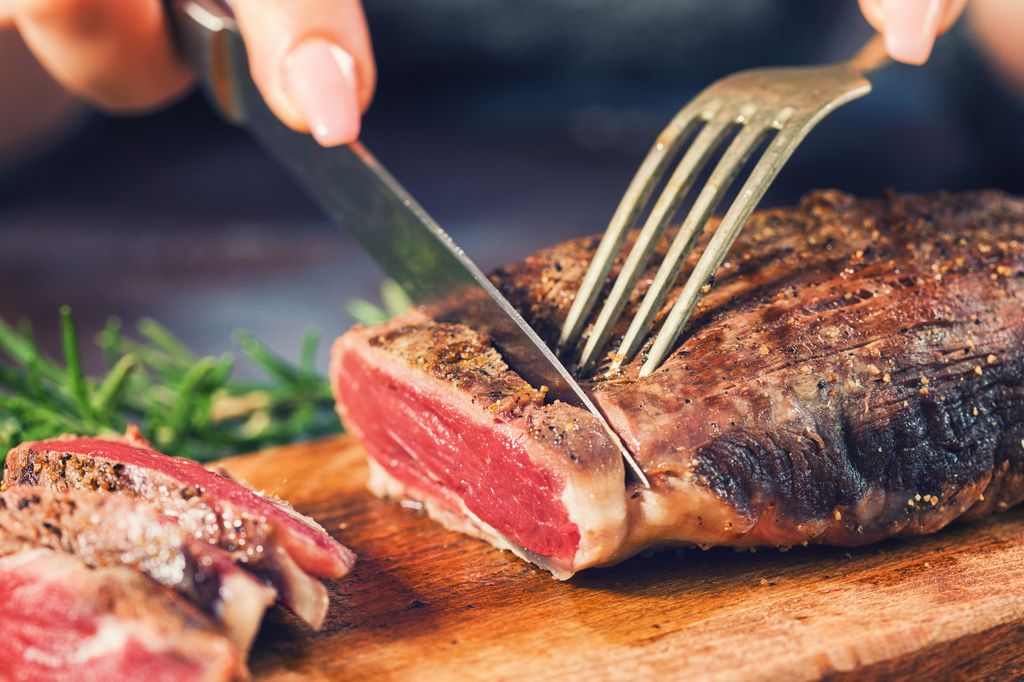 © Getty Images
© Getty ImagesRare meat can also carry a greater risk of food poisoning
Rare meats
Similarly to shellfish, the royals will avoid raw and rare meats that could be harbingers of bacteria and cause food poisoning.
Darren McGrady also revealed that Princess Diana never ate red meat, aside from lamb, when she was entertaining. So while the royals have their own preferences for how they eat their meat, you’re unlikely to find steak tartare on the menu.
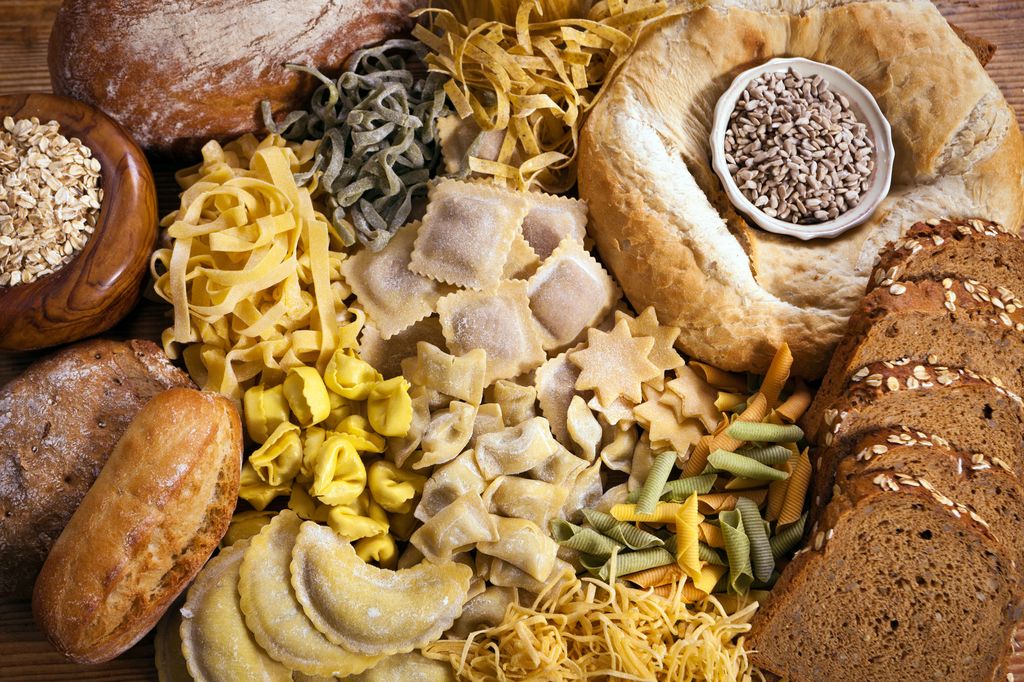 © Getty Images
© Getty ImagesStarchy carbs can sometimes spike blood sugar and trigger energy crashes
Starchy carbs
When dining alone, the late Queen Elizabeth II preferred to abstain from starchy carbs like pasta, bread, and potatoes, electing to eat grilled fish or chicken with vegetables on the side.
While good in moderation, these heavier foods were notably absent from her midday meals, helping to maintain energy levels – especially during long days of royal duties.
